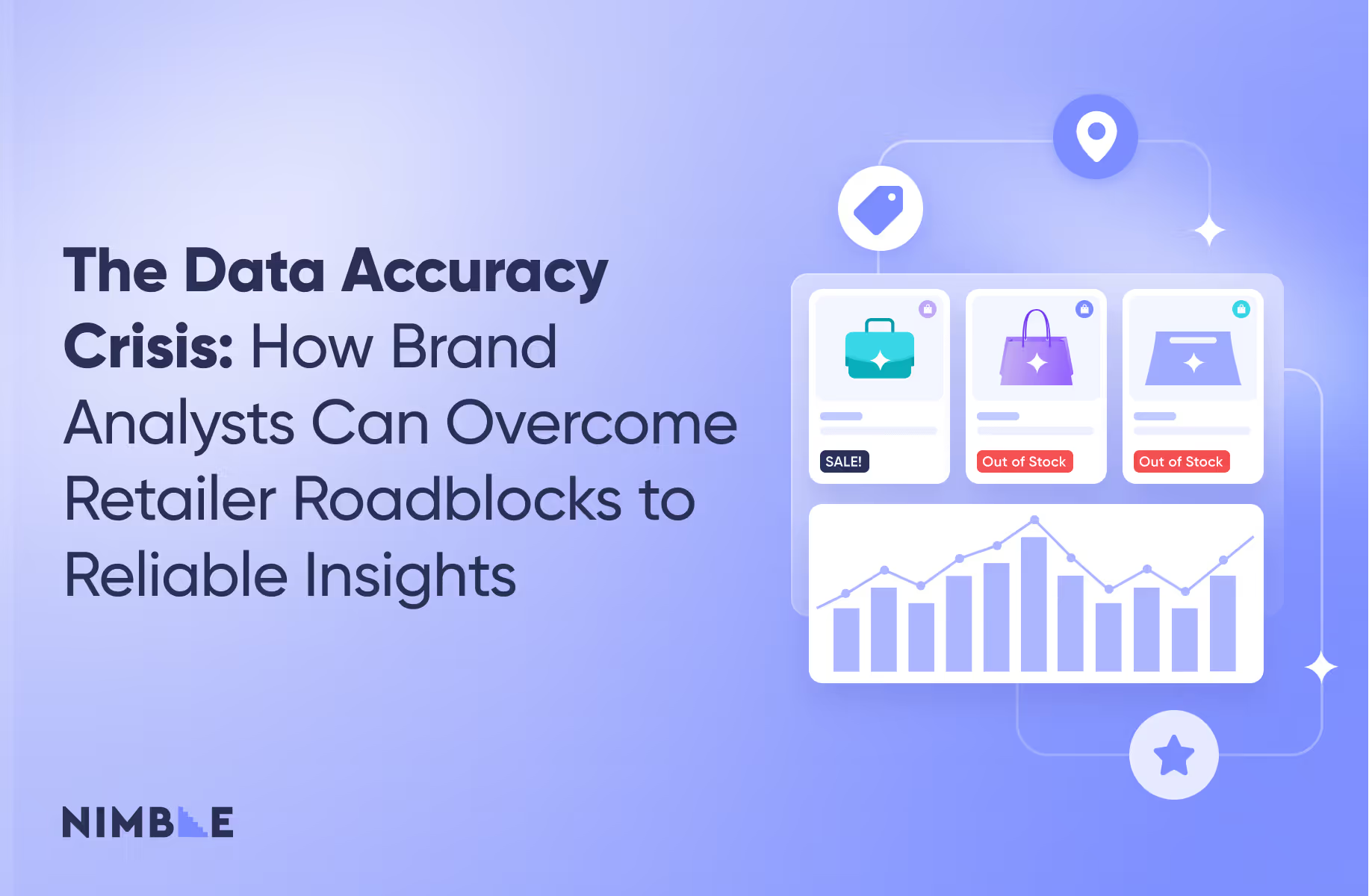3 Predictions for the Future of Digital Commerce in 2025
Reflections on how the world of e-commerce and retail with transform over the next year.


I've had the opportunity to closely observe how rapidly the digital commerce landscape is evolving. It's clear that consumer habits are shifting dramatically, accelerated by technological advancements and the increasing complexity of online marketplaces. In this blog, I will be sharing three insights about the direction we see the market is heading and what this means for retail, CPG, and consumer brands more broadly.
1. Quick & Adaptable Omnichannel Strategies Will be Mandatory
One significant shift is the fragmentation of consumer attention across multiple digital platforms. Traditional channel-specific e-commerce strategies—such as optimizing for one storefront or marketplace in isolation—are becoming less effective. Consumers today interact with brands through diverse channels, from major marketplaces like Amazon to social commerce platforms like TikTok and Instagram. The traditional concept of a static "digital shelf" is quickly becoming obsolete.
This complexity creates a challenging environment for brands. Companies must manage enormous volumes of data generated across these fragmented channels. However, simply collecting data isn't enough—brands must translate data into actionable insights quickly. The ability to rapidly respond to market shifts, competitive strategies, and changes in consumer sentiment has become critical.
Traditional vs. AI-Driven Commerce Intelligence
2. Real-Time Insights Will be the Standard
Real-time market intelligence will increasingly define competitive advantage. In large part, brands have access to the same data as their competitors, but the real advantage comes from access to knowledge of what’s happening right now in their market.
Brands can no longer afford delays associated with traditional reporting and analytics processes. Instead, they need immediate visibility into consumer behaviors, competitor actions, pricing shifts, promotional activities, and inventory statuses across all channels.
Real-time insights enable brands to proactively manage their strategies rather than reactively adjusting after events occur. In conversations with market leaders, I've consistently noted a demand for systems capable of quickly delivering actionable intelligence, allowing teams to make faster, more informed decisions.

3. Agentic Commerce Will Rule
Looking forward, the next significant evolution in digital commerce will involve AI-driven automation, a concept I describe as "Agentic Commerce." This involves deploying intelligent agents that continuously monitor, analyze, and even autonomously act on data insights. These agents represent an evolution from traditional dashboards and manual analysis to automated, intelligent decision-making systems.
In practice, this approach allows brands and retailers to manage their online presence across multiple channels seamlessly. It reduces manual workload, streamlines decision-making processes, and significantly accelerates the pace at which businesses can respond to emerging market conditions.

Strategic Considerations for the Future
To adapt to these changes, I see several strategic considerations that consumer brands and retailers should embrace:
- Investing in Real-Time Capabilities: Adopting systems that provide instant insights and actionable intelligence will be crucial for staying competitive. Static dashboards are built for the past.
- Unified Omnichannel Approaches: Companies need to integrate data from various platforms into a cohesive strategy, enabling consistent and agile responses across different channels. Leaders expect the future agent to provide insights and not “reports” and “tabs” per channel.
- Leveraging Automation and AI: Exploring and implementing AI and automated technologies will allow businesses to respond rapidly to market demands, improve efficiency, and reduce the potential for human error. AI agents will come to help.
- Continuous Adaptation and Flexibility: Flexibility and a readiness to adapt quickly to evolving market conditions will be essential. Businesses should foster a culture of continuous learning and agility. The CMO of the future is already working in your team today.

Conclusion
The future of digital commerce will increasingly rely on real-time, integrated data strategies driven by intelligent technologies. Brands that embrace these shifts early will likely gain a competitive edge. As the market continues to evolve rapidly, my goal as a founder remains focused on exploring and advocating for innovations that enable businesses to thrive in this dynamic environment.
FAQ
Answers to frequently asked questions



.avif)









